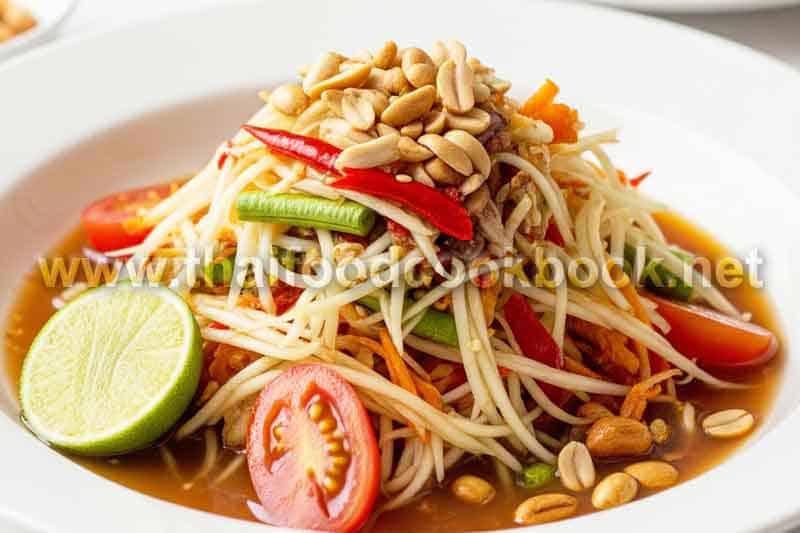How to Fix Thai Curry That Smells Good but Tastes Flat
One of the most confusing problems for home cooks is when a Thai curry smells wonderful but tastes empty or weak on the palate. This happens when aroma is released correctly, but flavor balance, fat-binding, or seasoning depth never fully developed in the broth. Learning how to fix Thai curry that smells good but tastes flat helps you turn fragrance into flavor by correcting structure, not just adding more seasoning. The goal is not to make it saltier or sweeter, but to anchor the aroma into the liquid so it becomes taste, not just steam.
1. Why Curry Can Smell Strong but Taste Weak
Thai curry has two separate stages: aroma release and flavor bonding. Aroma comes from herbs and paste oils evaporating upward, while flavor comes from the paste dissolving into fat and broth. When the paste isn’t properly fused before adding liquid, the fragrance reaches your nose — but not your tongue.
- Aroma = herbs and oils rising through steam
- Flavor = fused fat + paste + broth
- Flat curry = aroma without anchoring
- Fixing the structure restores taste
In short: the curry smells ready but hasn’t “landed” its flavor yet.
2. The Fastest Fix: Re-Bloom the Paste Inside the Curry
If the curry smells good but tastes hollow, it means the paste never fully bloomed. Instead of adding more seasoning, bring part of the broth to the side of the pot, stir in a spoon of paste with a little fat, and let it heat until fragrant again before reincorporating it back.
- Move liquid aside to expose fat surface
- Add a small amount of extra curry paste
- Heat gently until it blooms (oil release)
- Stir back in once the aroma deepens
This reconnects the paste with the fat layer — the step that creates flavor weight.
3. Flavor Anchors That Prevent Weak Taste
Sometimes curry smells correct but lacks dimension. The fix is not more salt — it is introducing a balancing note that gives the broth “grip” on the palate.
- A touch of palm sugar — rounds bitterness and brings harmony
- A squeeze of lime or tamarind — sharpens dull broth instantly
- Extra basil at the finish — reconnects aroma to flavor
- Gentle simmer, not boil — thickens flavor without heaviness
Thai flavor is built by contrast — not by volume.
4. Final Summary: Make Aroma Become Flavor
If your curry smells great but tastes flat, the structure — not the ingredients — is missing. You must fuse paste into fat, not just liquid, then finish with a balancing accent so the flavor lands on the tongue instead of floating in steam. Once aroma and body reconnect, the curry tastes as deep as it smells. For more guidance on converting aroma to mouthfeel, see flavor structuring tips that explain how fat bonding enhances taste in Thai cuisine.
Summary
A Thai curry can smell right but taste weak when the paste wasn’t fully bloomed — reactivating the paste and strengthening balance anchors the flavor into the broth.

